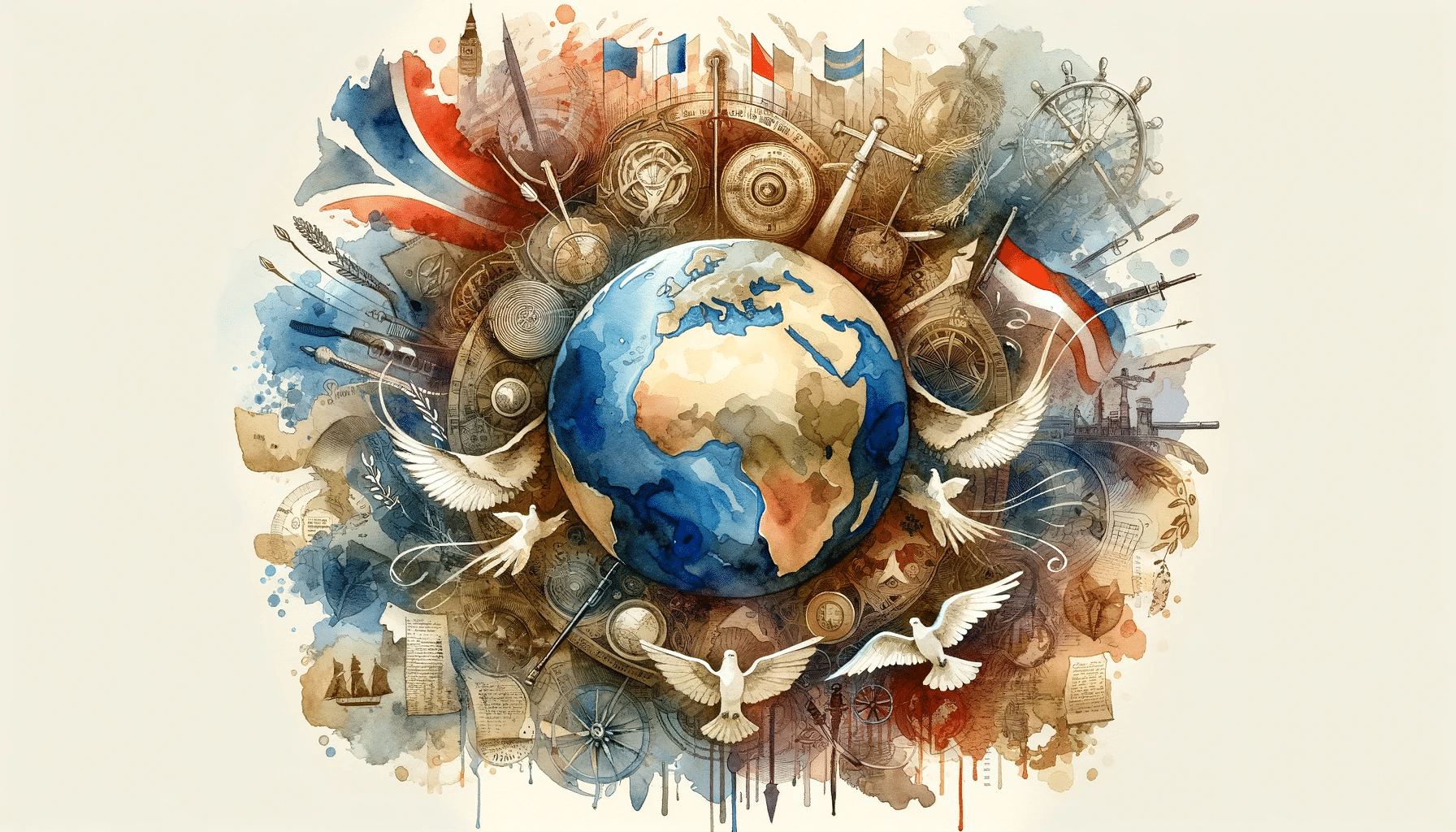A new AI experiment named WarAgent shows the huge potential of artificial intelligence to reshape how we dive into history. This trailblazing simulation taps the power of large language models to recreate important moments that formed the world as we know it.
By encoding countries as intelligent agents and exposing them to factual historical settings, WarAgent enables dynamic “what if” scenarios that were once impossible to model with such complexity. The system chiefly focuses on big international fights, from the bloodshed of the World Wars to the cunning tactics during the Warring States era in ancient China.
Peeking Under the Hood: Modeling What Drives Warfare
At its core, WarAgent is not just an abstraction of reality; it uses intricate agent-based modeling to mirror how civilizations operate during wartime. Key parameters include leadership styles, military capabilities, resource constraints, diplomatic tensions, and strategic decision-making.
As these simulated nations interact, they parse information and respond in a lifelike way, balancing pressing needs like energy access and food supply with defensive positioning or offensive conquest. This reflects the tricky balancing act required of real-world statecraft.
Vast language models are indispensable to capturing such nuance. By processing troves of historical writings, they can encode remarkably human-like logic to simulate high-stakes judgement calls, negotiations, partnerships, and betrayals.
New Lenses for Dissecting Times of Chaos
For historians, WarAgent enables scrutiny of landmark events through a completely new lens. The nonlinear dynamics open endless counterfactuals to challenge prevailing analyses that are often rooted in hindsight bias. Students also benefit from more graphically interactive presentations that spark engagement with exciting “what if” scenarios.
More broadly, such simulations grant invaluable perspective into the compounding burdens and painful tradeoffs tangled up with conflict. The fog of war becomes tangible when experiencing first-hand how isolated incidents escalate through unintended consequences. Appreciating these knotty forces hopefully breeds wiser international policies.
Beyond Battlefields: Applications Across Sectors
While currently focused on conflict, WarAgent’s design approach could be modified in the future to simulate financial crises, political revolutions, viral outbreaks, or other turbulent shifts that hinge on interconnected variables. The healthcare field is primed for such tools to model disease propagation and test pharmaceutical countermeasures. Other applications range from meteorology to traffic optimization and beyond.
As artificial intelligence continues democratizing access to multidimensional scenario modeling, research across fields will increasingly utilize these capabilities for insights into complex adaptive systems. Much as the microscope and telescope revolutionized science by uncovering invisible phenomena, new systems like WarAgent reveal the nonlinear forces shaping history’s trajectory. What other radical innovations might such simulations kindle at the junction of computer science and the humanities? The possibilities are both exhilarating and humbling.

